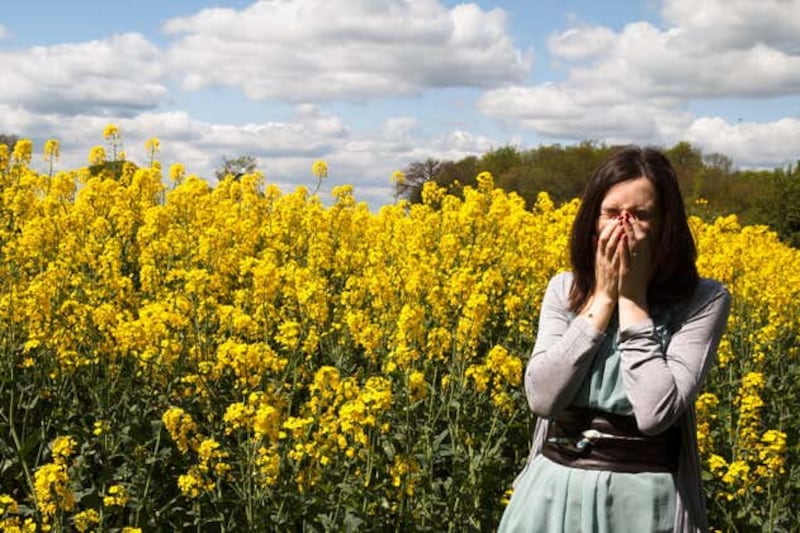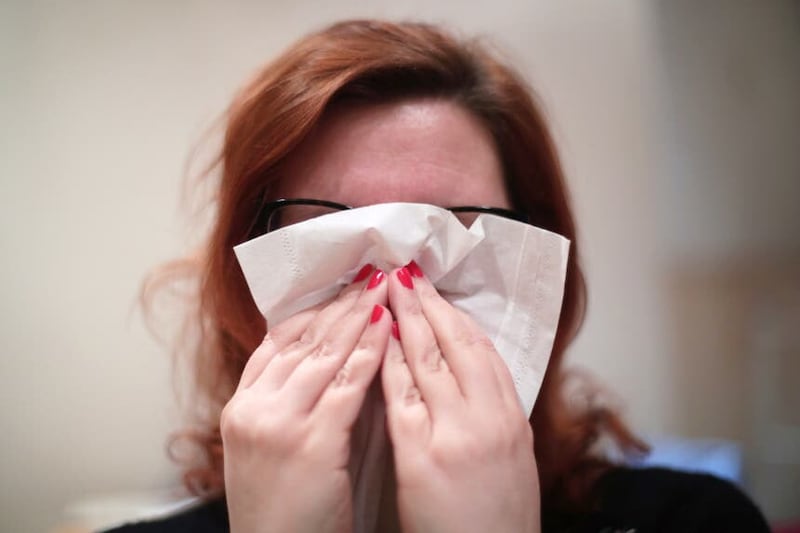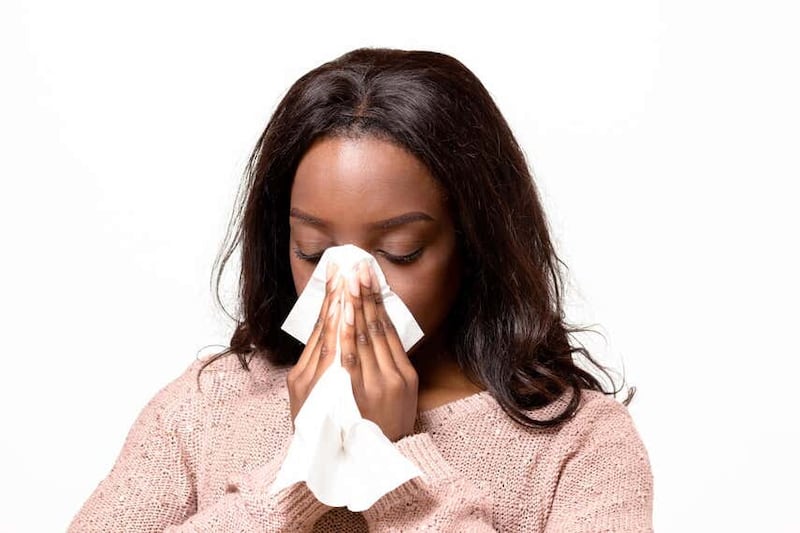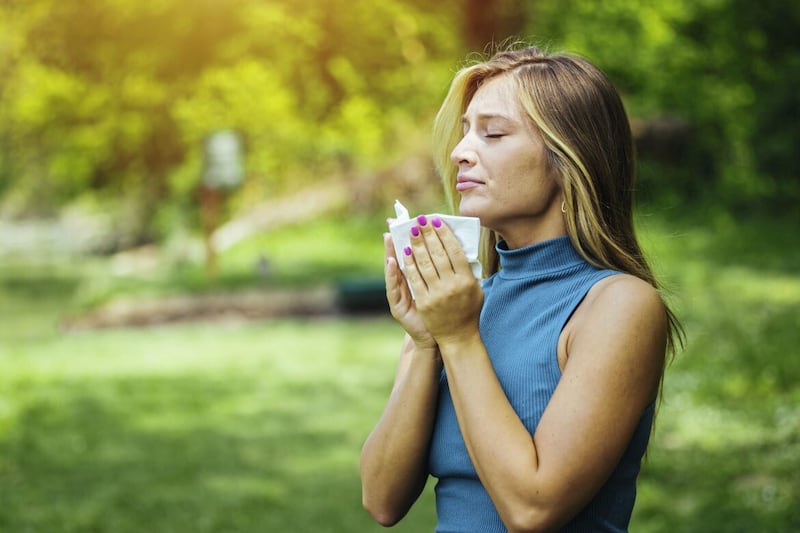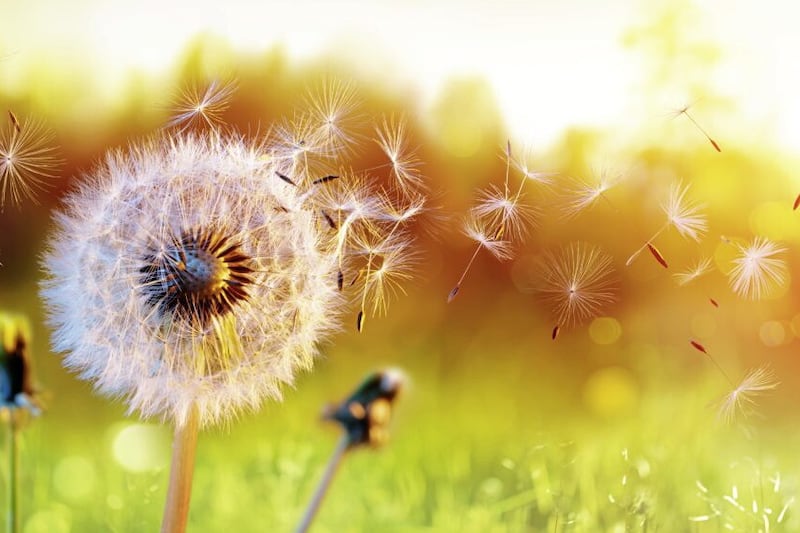IF SUMMERTIME means continual itching, watery eyes and sneezing, you could be one of the 13 million unlucky people in the UK affected by hay fever. However, although we often associate hay fever with plants, it's not just a lunchtime walk in the park that can cause an unpleasant reaction. Pharmacist Pareena Patel explains the top triggers:
1. Pollen:
There's a reason your nose starts tingling when the weather gets warmer: Grass, weed and tree pollen is released when the climate starts to heat up, as part of the plant reproductive cycle. The airborne powdery substance contains proteins that are harmless for most people, but can prompt allergic reactions when breathed in by some.
If you have an allergic reaction to it, it causes your immune system to overreact and produce a compound called histamine, which irritates and inflames the nose, eyes and throat.
Grass pollen, common from around May to June, is the most common plant-based allergen, but tree pollen can cause you grief too. It affects fewer people but has a longer season – from February to June.
Experts advise that the first line of treatment for hay fever is an oral antihistamine – most are available from a pharmacy without prescription, but it's a good idea to check with the pharmacist whether they're suitable for you.
2. Pollution:
Air pollution is becoming increasingly prevalent and it can be another big trigger. Dust, soot, diesel and traffic fumes can all irritate airways. If pollution is a trigger for you, check pollution levels before leaving home via the Met Office website (metoffice.gov.uk). Try to avoid busy junctions, bus stops and car parks on high pollution days – choose alternative routes to work.
As well as avoidance tactics, keeping a couple of key products to hand helps. Drug-free products can help alleviate symptoms naturally and there's a range of eye-drops available that contain the active ingredient sodium cromoglicate that you might want to try.
3. Dust mites:
If the itchy eyes and dry throat tend to stick around past sneeze season, it might not be hay fever it all – it could be a reaction to the microscopic creepy crawlies living in your bed.
Dust mites can aggravate hay fever symptoms year-round because they cause an additional allergic reaction.
House dust mites are so small they cannot be seen with the naked eye. They live in every household and are most commonly found in pillows, mattresses, carpets and soft furnishings.
The usual signs of a dust mite allergy include those common to hay fever, such as sneezing and a runny nose. Many people with dust mite allergy also experience signs of asthma, such as wheezing and difficulty breathing.
If you have these symptoms at home, regularly wash bedding in very hot water (over 50C) and wear a mask when attempting a spring clean, as this stirs up the dust particles, making them easier to inhale.
4. Mould:
If you've been putting off fixing the mouldy grouting around the tiles in your bathroom, here's a good reason to get started this weekend.
Moulds are a type of fungus which can cause an allergic reaction either on their own or aggravate allergies such as hay fever. Your immune system reacts abnormally when you breathe in the tiny seeds (called spores) that are released in the air and the symptoms usually cause a reaction to the eyes, nose, throat and lungs.
Reactions to mould peak in summer due to the increase in humidity. Wet weather combined with heat favours mould growth, and sunny, windy weather can encourage spore release. Try to prevent mould and mildew build-up inside the home and invest in an air purifier, which can help trap mould spores.




